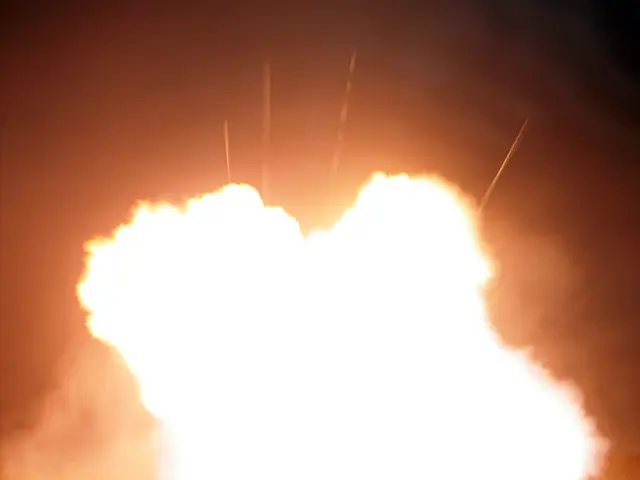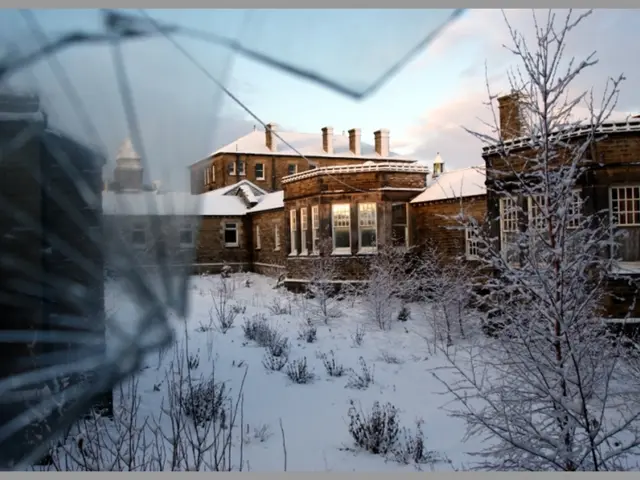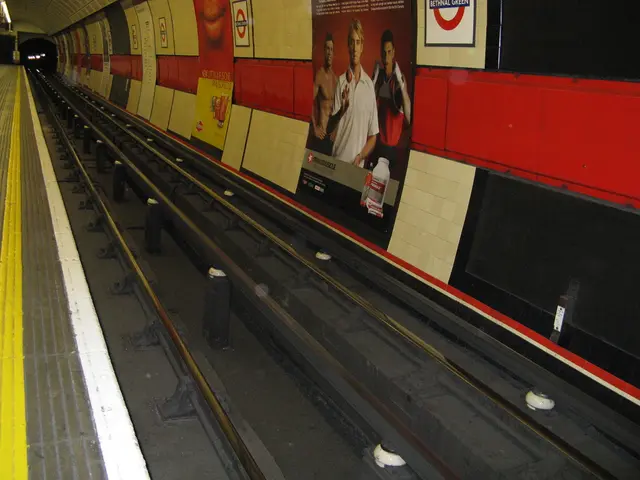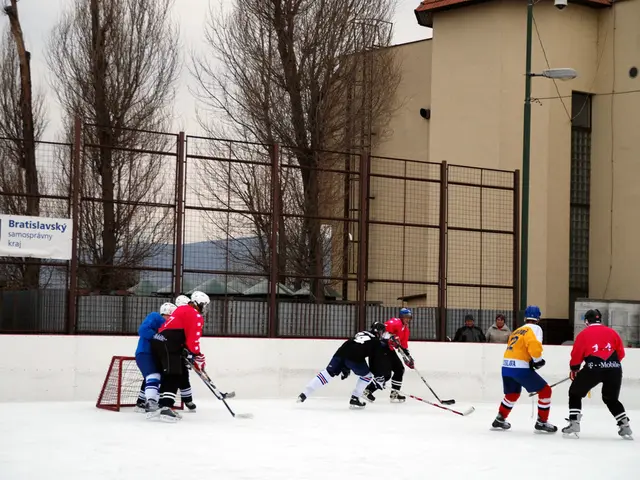Slashing through the soil, clues from the tumult of the Thirty Years' War have resurfaced. Where sleek modern residences currently line Blumenstraße, remnants of Wallenstein's fortified encampment made a comeback. Archaeological digs, carried out during the renovation process of the construction site (May 2022 to March 2023), brought forth treasures that boast regional significance, compelling us to revisit one of the largest camps from the 17th century with renewed clarity.
Archaeological Discoveries at Wallenstein's Camp Now Revealed to the General Public
Two years post the conclusion of the explorations, the city of Stein, in partnership with the Bavarian State Office for the Protection of Monuments, calls upon you! On a Tuesday, June 10, 2025, salvaged original finds will have their debut at the Old Church (Alter Kirchplatz 8). Special attention will be paid to the uncovering of a gravesite on the camp's fringes, housing a young woman laid to rest in an unusual side position. The high-quality textiles and jewels accompanying her indicate a leading social standing. This burial offbeat from traditional Christian rites continues to puzzle archaeologists.
Experts will present their findings, shedding light on scientific evaluations of the unearthed artifacts. The roster includes Dr. Christoph Lobinger and Alice Burkhardt from the Bavarian State Office for the Protection of Monuments, the excavation chief Matthias Tschuch, and Dr. Thomas Liebert, the regional heritage conservation officer, who manages the Wallenstein's Camp Experience Trail. This collaborative project involving the towns of Oberasbach, Stein, and Zirndorf offers an interactive way to traverse the history of the military camp.
Originally, the military camp stretched over 16 kilometers, encompassing Zirndorf, Stein, and Oberasbach, and could accommodate around 50,000 soldiers, 15,000 horses, and about 30,000 others, including family members, merchants, and entertainers.
According to the organizers, the excavations offer tangible evidence supporting historical accounts about Wallenstein's units. Stein, ruins of which were scorched by the Swedes in 1632, now emerges from the annals not just with written records but also through tangible remains, offering vistas on everyday life and military practices during the Thirty Years' War.
Kick-off is at 6 pm, and entrance is free of charge. Secure your parking spot at the Feuerweg parking garage.
Google Calendar Outlook Calendar
Historical Context:Archaeological sites associated with Wallenstein hold great significance, particularly during the Thirty Years' War (1618-1648), a pivotal conflict in European history. Albrecht von Wallenstein was a key military leader, and delving into his activities is a focal point for historians. Unveiling a site connected to Wallenstein would most likely uncover valuable information about military strategies, logistics, and everyday living during that era.
Potential Findings:1. Military Architecture: Discoveries might show details about the design and construction of military camps, featuring defensive structures, barracks, and supply depots.2. Artifacts: Real treasures could include weapons, armor, personal possessions, and other relics employed in the daily life of soldiers within the camp.3. Logistics and Supply: Evidence of sustenance, water, and other essential supplies could shed light on how armies managed their resources.4. Environmental Impact: The site might exhibit how the camp affected the local environment, including any signs of deforestation or other ecological alterations.
Looking for explicit details about the excavations in Stein, Germany, I suggest reaching out to local archaeological organizations, historical societies, or academic publications that focus on archaeological work in the region.
Children and archaeologists alike are invited to uncover the secrets of the past on Tuesday, June 10, 2025, as the city of Stein, in partnership with the Bavarian State Office for the Protection of Monuments, reveals findings from the excavation of Wallenstein's encampment, which dates back to the tumultuous Thirty Years' War and war-and-conflicts. The unveiling of these general-news artifacts will take place at the Old Church (Alter Kirchplatz 8), with particular focus on a unique gravesite of a young woman, whose high-quality textiles and jewels suggest a politics-oriented social standing. The deciphering of this burial offbeat from traditional Christian rites has puzzled archaeologists for years.








